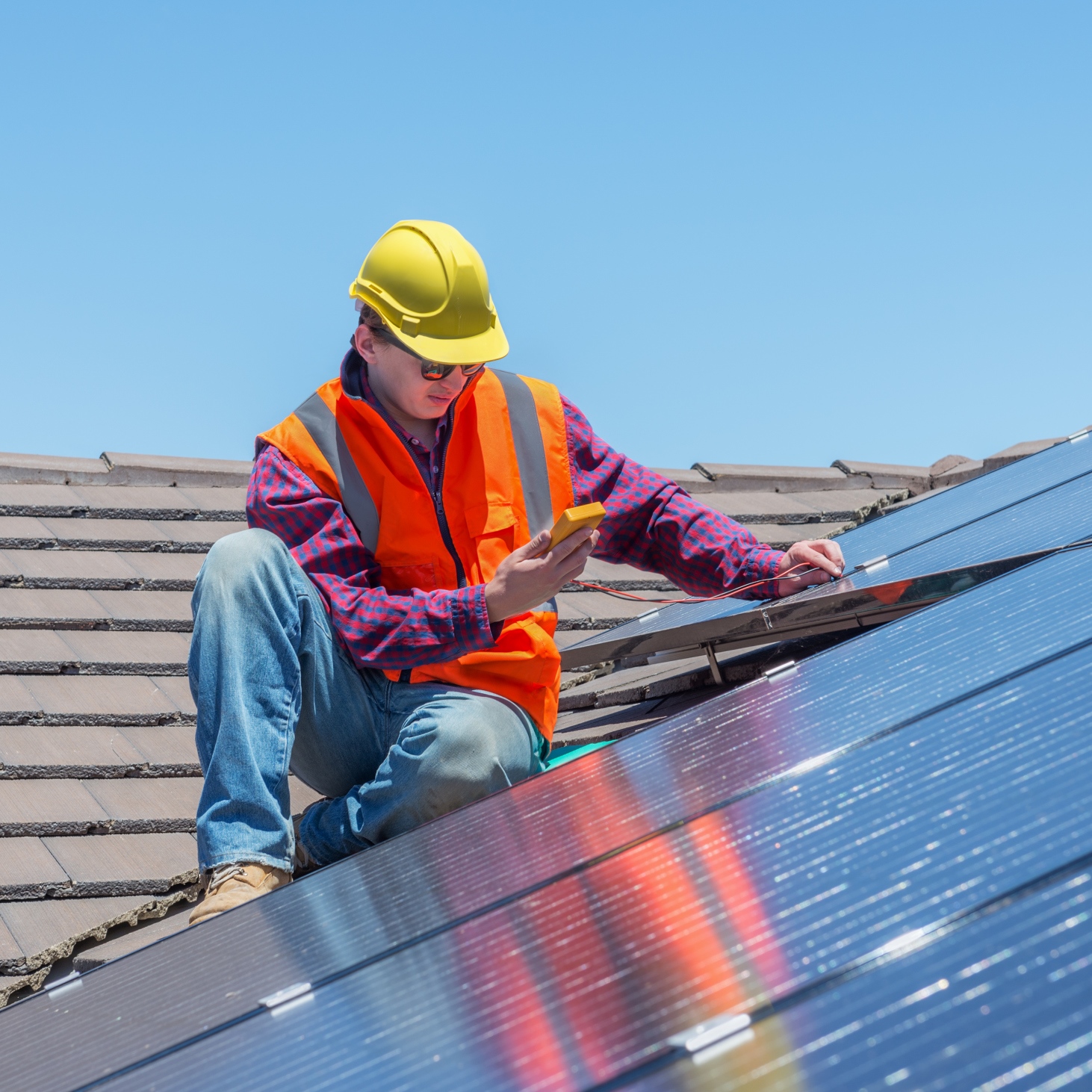
The U.S. International Trade Committee (USITC) is scheduled to hold a hearing Tuesday morning on a trade case brought by two U.S. solar module makers, Suniva and SolarWorld, seeking a tariff and a floor price on all imported solar components. Suniva, a privately held company based in Atlanta, filed for bankruptcy in April, and Germany-based SolarWorld, which had operations in Oregon, filed for bankruptcy in May.
The trade case has been brought under the “Global Safeguards” provision (Section 201 of the Trade Act of 1974) and is opposed by a number of solar energy market participants, chief among them the Solar Energy Industries Association (SEIA), the industry’s main trade association.
Tuesday’s USITC hearing represents the injury portion of the investigation, and the USITC will rule on that by September 22. If the commission decides that Suniva and SolarWorld have been injured or if the commission vote is tied, a second hearing on the question of remedy for the injury will be held on October 3. The USITC must submit its report to President Trump by November 13.
The president is expected later on Monday to direct the U.S. Trade Representative, Robert Lighthizer, to assess whether an investigation is warranted into Chinese trade practices that require U.S. firms operating in China to share their intellectual property. The president also is trying to pressure China into adopting a stricter policy toward North Korea’s nuclear weapons development and has indicated that he might be more amenable to overlooking some trade issues in exchange.
Neither of the two largest U.S. solar module and panel makers, First Solar Inc. (NASDAQ: FSLR) and SunPower Corp. (NASDAQ: SPWR), has operations in China.
Suniva and SolarWorld commissioned an economic analysis of the impact of a favorable ruling that concluded:
An affirmative finding by the US International Trade Commission and the imposition of effective remedies in its Section 201 investigation on imports of solar cells and modules would result in a net gain in employment of at least between 114,796 and 144,298 jobs for the US solar industry, including the upstream industries that manufacture critical components used in the production of solar cells and modules over the next five years.
SEIA president and CEO Abigail Ross Hopper strongly disagrees:
The notion that doubling the price of solar panels would somehow increase demand and create jobs is preposterous. … SEIA’s members know what impact this will have on their ability to produce jobs; companies working in the solar industry today have been clear that Suniva’s sought-after remedy will be devastating to the American solar industry.
According to SEIA, the solar industry directly employs 260,000 Americans, more than 50,000 of whom were hired last year. U.S. jobs manufacturing solar cells represent less than 1% of all U.S. solar industry jobs, far less than the 35,000 other U.S. solar manufacturing jobs.
GTM Research has calculated that the remedy proposed by Suniva and SolarWorld would add a $0.40 per watt tariff for cells and a floor price of $0.78 per watt on modules. The researchers said such increases would eliminate two-thirds of installations expected to come online over the next five years.
Are You Ahead, or Behind on Retirement? (sponsor)
If you’re one of the over 4 Million Americans set to retire this year, you may want to pay attention.
Finding a financial advisor who puts your interest first can be the difference between a rich retirement and barely getting by, and today it’s easier than ever. SmartAsset’s free tool matches you with up to three fiduciary financial advisors that serve your area in minutes. Each advisor has been carefully vetted, and must act in your best interests. Start your search now.
Don’t waste another minute; get started right here and help your retirement dreams become a retirement reality.
Thank you for reading! Have some feedback for us?
Contact the 24/7 Wall St. editorial team.




